Eizfan NC1 USB Charger
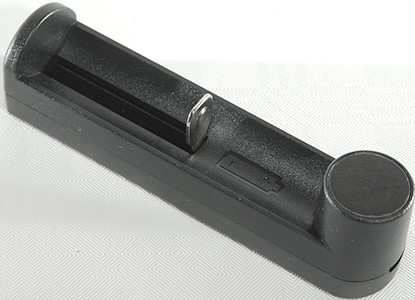
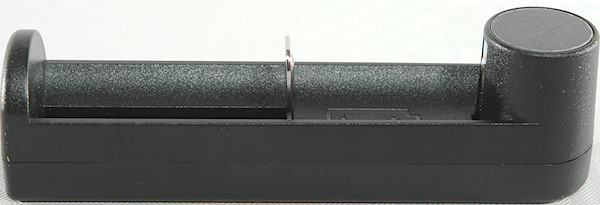
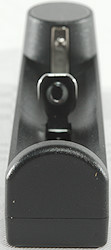
This is a very simple single slot USB powered LiIon charger.
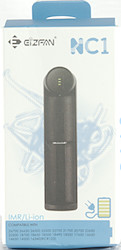

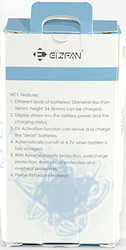

It arrived in a nice box with specifications on.
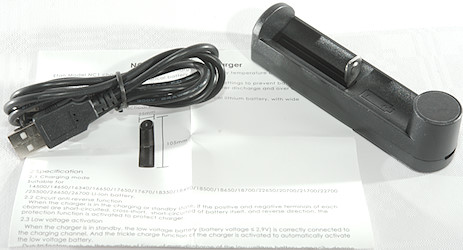
The pack contained the charger a usb cable and a instruction sheet.
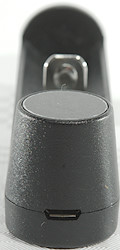
The charger is powered from micro usb.
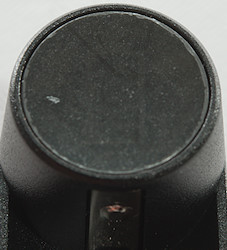
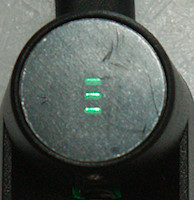
On the top is a led (One led, the 3 part is only design), it is blue while charging and green at other times. If a battery with very low voltage is put into the charger the led will turn off.

Not much easy readable information on the back of the charger, the specifications are embossed in the black plastic.

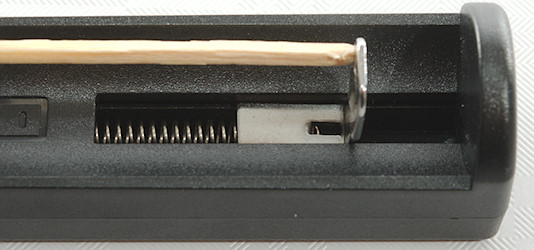
The charger uses the typical slider construction, it can handle batteries from 33mm to 76mm.









The charger can handle 76mm long batteries, inclusive flat top cells, this means just about all protected cells, even 21700.
The initial charge current is on the high side for small cells, but due to the fast drop off with voltage it is not a huge problem.
Measurements charger
-
LiIon Batteries will be discharged with less than 0.01mA when power is off.
-
Charges full LiIon batteries with a few mA when connected to power.
-
Charger reports full at 4.15V
-
When battery is below 1 volt the charger will charge with 100mA and the led will be off.
-
Between 1V and 2.8V the led will be blue and the current will be 0.1A
-
Above 2.8 volt full charge current will be used.
-
Charger will restart if battery voltage drops.
-
Charger will restart charging after power loss, or battery insertion.
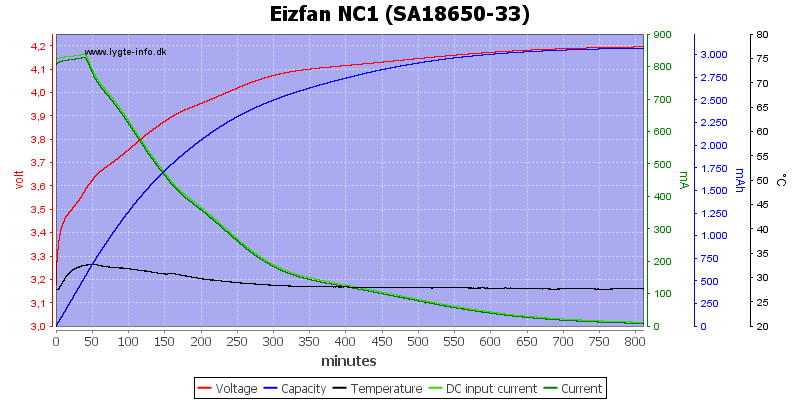
The charger is moderate in current starting at 0.8A and fairly fast going down. The charger has no real termination, the battery is report full at 4.15V.
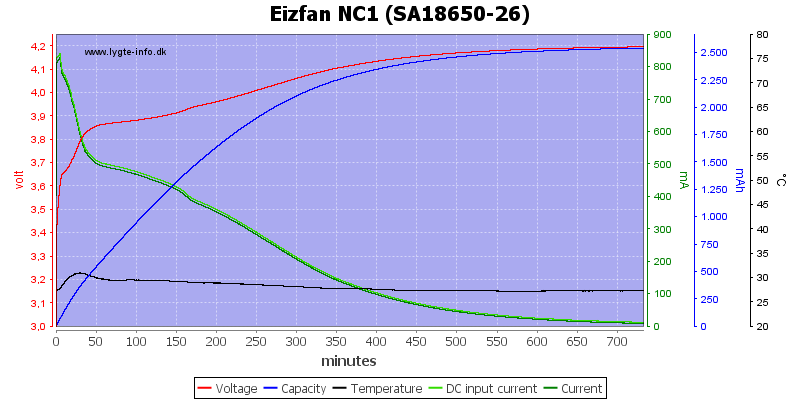
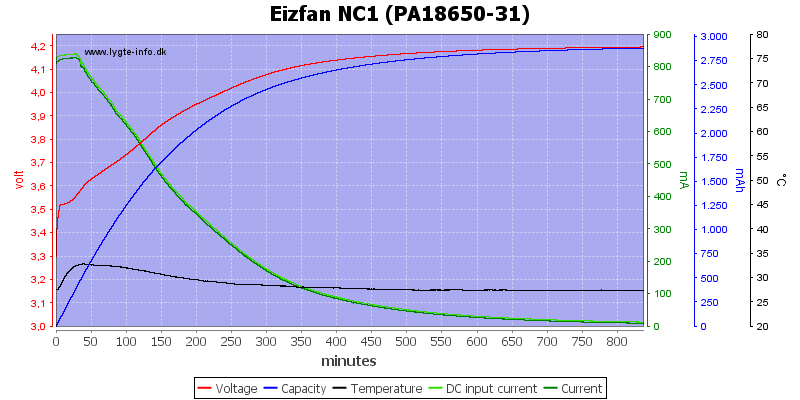

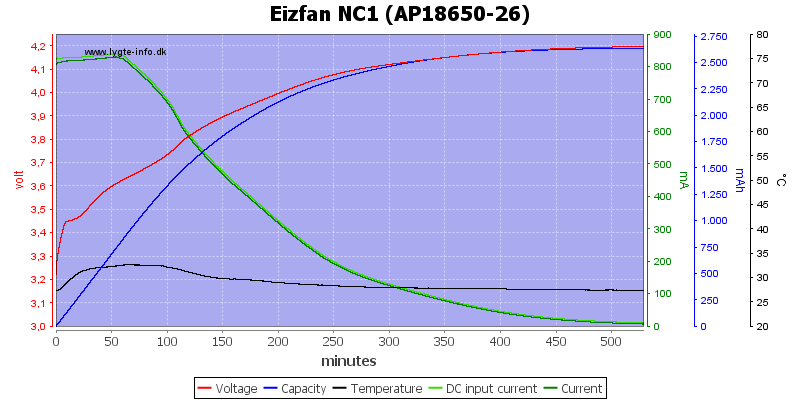
The other batteries looks similar.
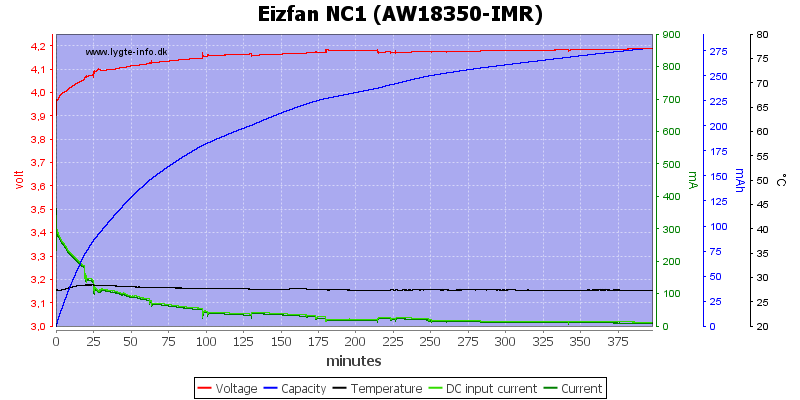
With this old battery the missing termination means the battery will be filled completely.

With a smaller cell the initial voltage increase is higher, this helps to reduce the charger current. A good small high current cell will have higher initial charge current.

Adding a resistor in series with the usb power supply to simulate a long cable or weak supply did not prevent the charger from doing a good job and it did not affect the charge time much.
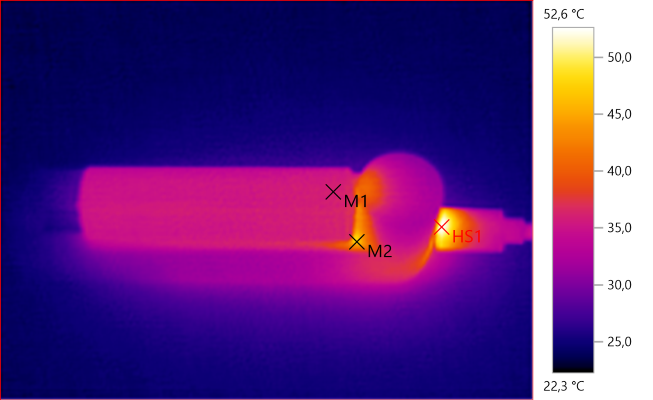
M1: 36.2°C, M2: 46.9°C, HS1: 52.6°C
The charger heats a bit up at the start of a charging (This temperature is not a problem for the batteries), but will cool down later on.
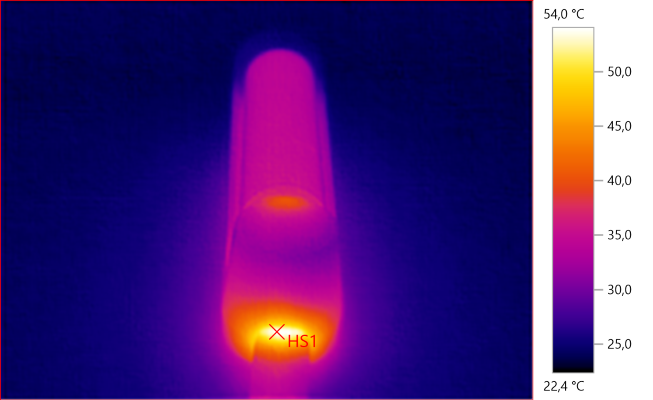
HS1: 54.0°C
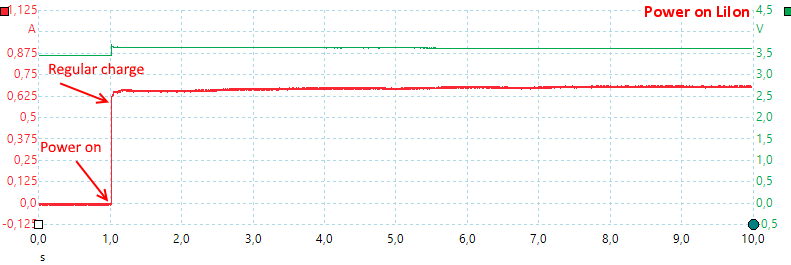
The charger is very simple and do not need any starting time.
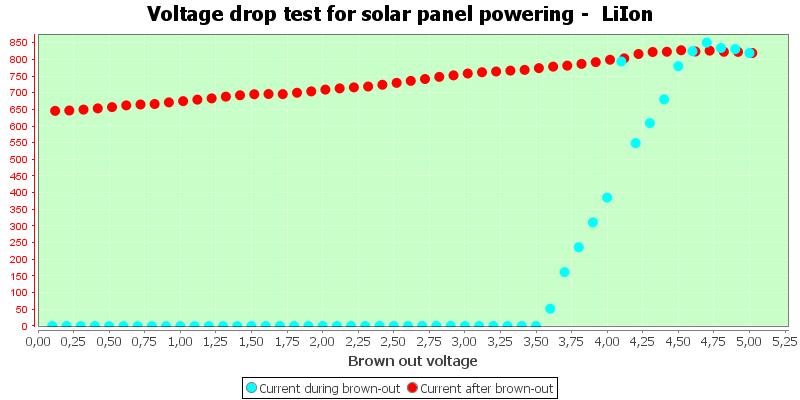
Being a simple charger it works fine with unstable supply.
Conclusion
This is a slow charger and it is missing a real termination, i.e. the user must remember to remove the batteries within a few hours after charger reports full, to avoid excessive wear on them. The initial charge current is not ideal for small cells, but because the current drops significantly with voltage, it is not that bad either.
As simple charger with slow charging and no discharging it looks like it will work fine with a solar panel, but it can only charge one battery a day.
I will only call it acceptable due to the missing termination.
Notes
The charger was supplied by Eizfan (Efan) for review.
Here is an explanation on how I did the above charge curves: How do I test a charger
Read more about how I test USB power supplies/charger